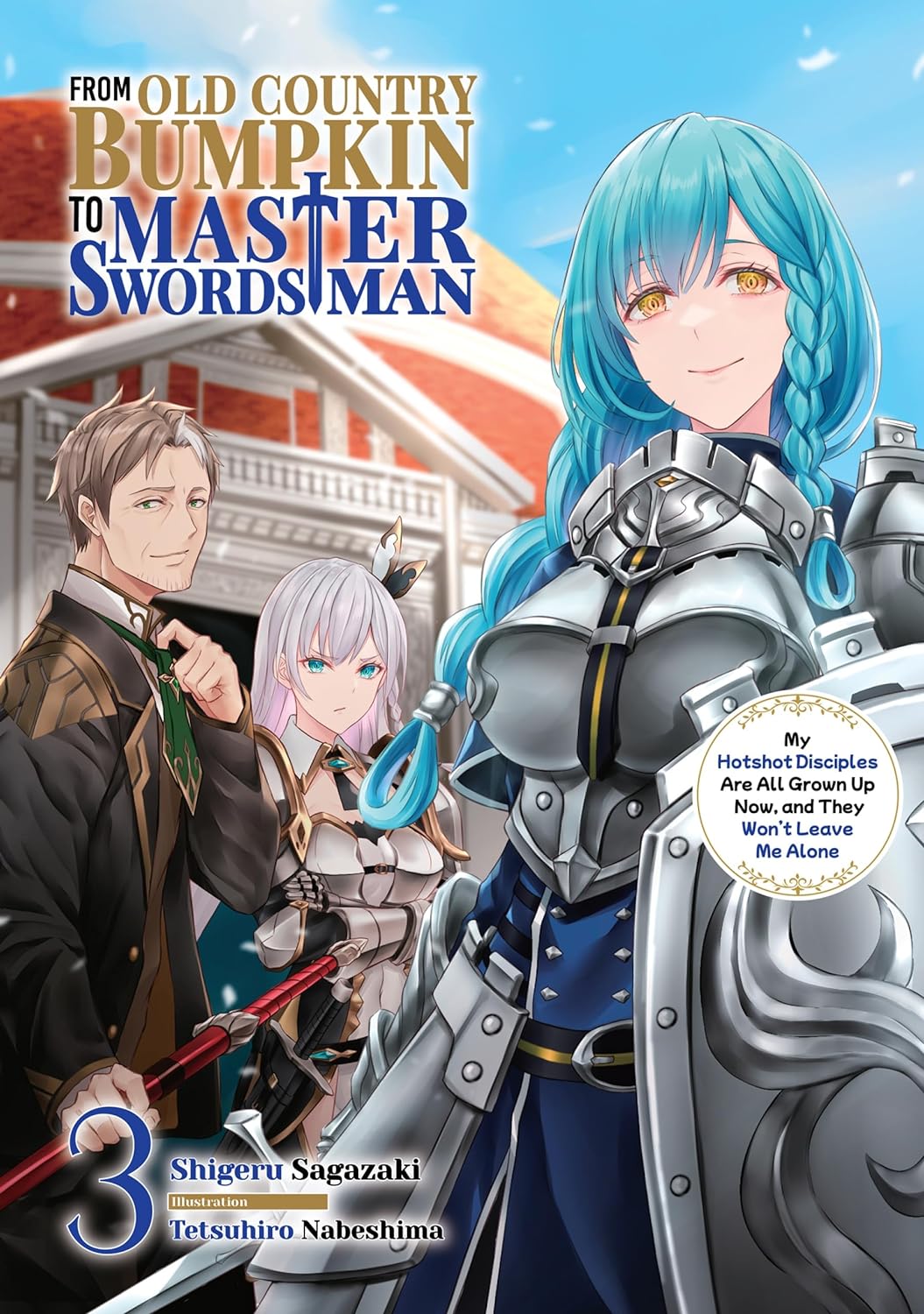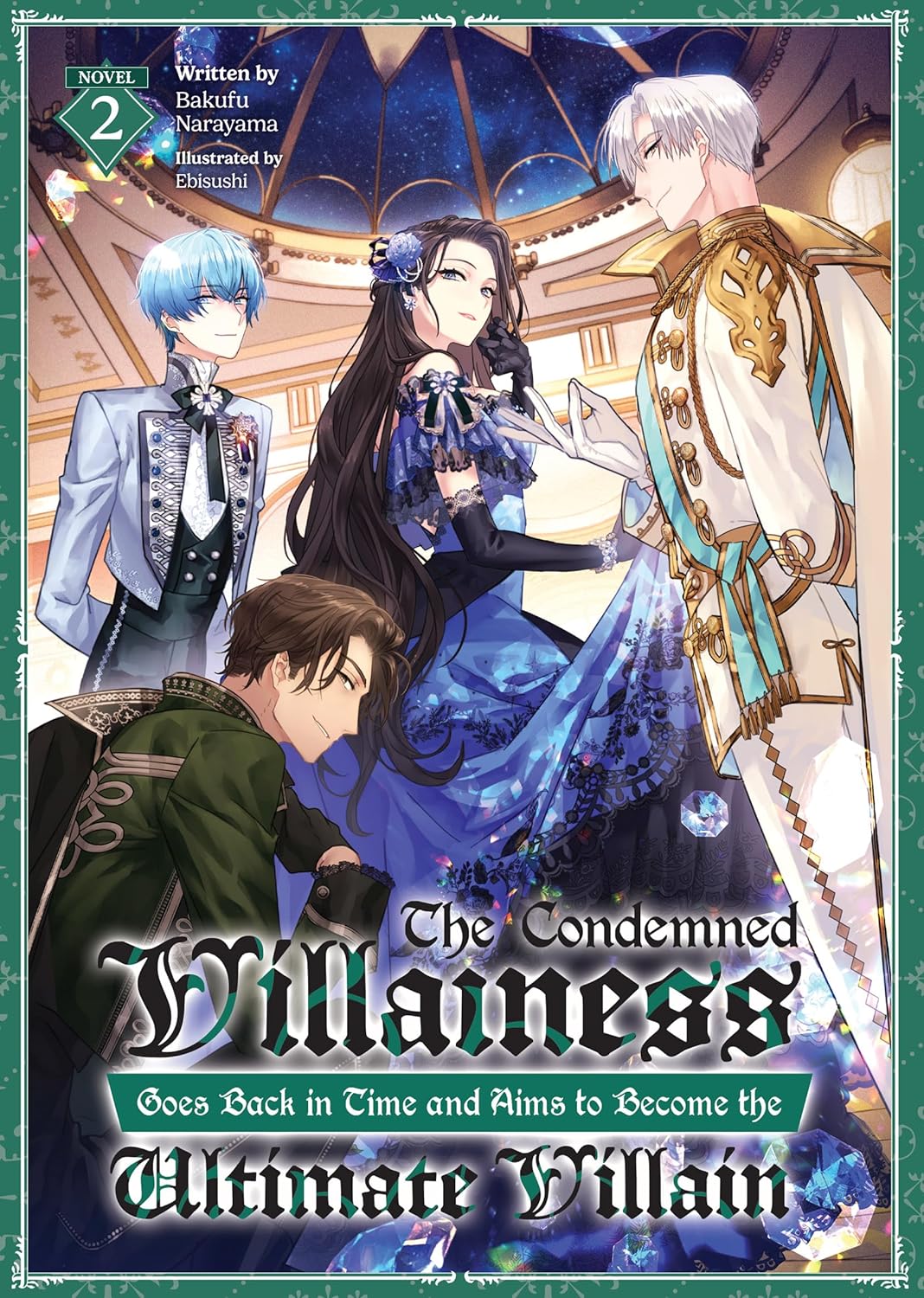By Riku Nanano and cura. Released in Japan as “Koujo Denka no Kateikyoushi” by Fujimi Fantasia Bunko. Released in North America by J-Novel Club. Translated by William Varteresian.
While it’s a light novel series, and therefore technically above genre distinctions, I don’t think anyone would argue with me if I said Private Tutor to the Duke’s Daughter falls under the shonen umbrella. As such, it feels inevitable that it would eventually fall prey to one of the big dangers of shonen battle series, “shonen creep”. You start off with a powerful villain, and our heroes hold on to defeat them. Then you get an even more powerful villain. And then, of course, an even MORE powerful villain. And this series just features a very exciting civil war arc with multiple antagonists, backstabbing, and lots of really cool battles. As such, this volume, ending the arc after it, can’t help but be a bit disappointing, as not only are the villains in this arc ludicrously powerful compared to the previous ones, but they all live to fight another day. We’ve hit the actual series villains, rather than arc villains. Which is great news for the series, but makes this book feel like a letdown.
Of course, just because there’s a desperate battle in which everyone might be horribly killed doesn’t mean that this series is not also a harem romcom. As such, the first half of this book has Allen and Lydia gradually getting back into fighting shape and coming up with plans, while all the while new Allen-lovers show up one on top of the other. This even happens during and *after* the battle itself, which actually makes it funnier. They tried to stop the war, but the Church really, really wants war, to the point where they’re murdering all the peace-loving leaders. And the main warmonger is being kept in place by his comatose wife, who they’re promising a cure for. Any day now. Really. And then there’s our bevy of villains, including the vampire who beat Allen and Lydia so badly last time, who’s pretending to be someone she’s not.
This is the end of the “Allen and Lydia Love Love” arc, though I’m sure nothing is genuinely resolved till we see a wedding. It’s got some really great payoff if you’re a fan of the couple, though, which I think most readers of this series are. (Seriously, if you ship, say, Tina, I assume you moved on long ago.) Indeed, there’s so much payoff that Lydia is starting to regard all the other love interests – including her own sister *and* her own cousin – flying around Allen like bees to be more cute and amusing rather than sparking jealousy. Well, to a point. Lily still makes her a little annoyed. And Alice doesn’t count, she’s evil. As for the climax of the book, not only do the villains get away, but it also undercuts some of the danger. The kidnapped victims turn out to be fine, and the badass who valiantly sacrificed her life in the prologue turns out to also not be dead. Given the villains got away, I suppose killing off anyone we care about would have felt mean, but again, disappointing.
Next time we get a new arc, and I look forward to seeing how Allen once again does not get a title and gets to avoid getting engaged. Till then, OK but not great book in the series.



